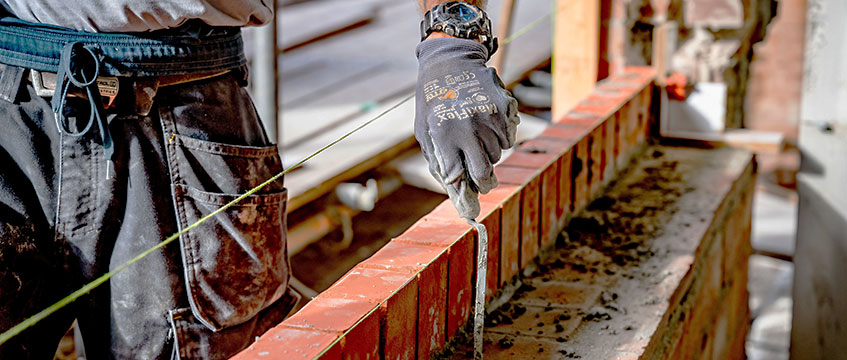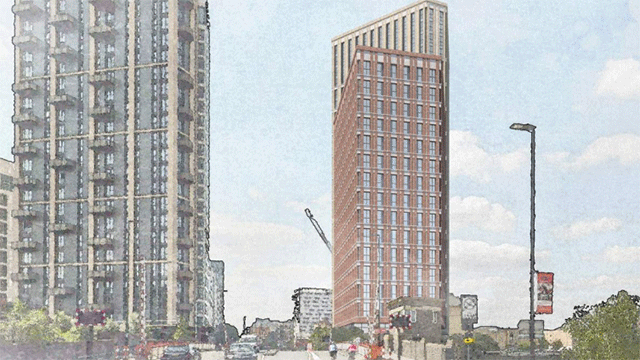The number of purpose-built rental homes in the market has risen by 23% over the past 12 months to more than 120,000.
But despite this rise, data from the British Property Federation and Savills has revealed a slowdown in construction, with the number of homes being built falling by 20% in the same period.
The data showed a drop in construction has been an ongoing trend in 2024, with the number of completions consistently outpacing the number of starts.
This gap is continuing to widen, with 12,400 more homes completing in 2024 than starting. The slowdown is being seen more acutely in the regions, which dropped by 23% to 34,500 homes, than in London, where numbers fell by 11% to 15,500 homes.
The slowdown in construction and new planning applications is a result of increased cost pressures, and partly as a result of regulatory change and points to a potentially longer-term supply challenge.
The number of BTR homes currently complete, under construction or in various stages of planning sits at more than 273,700, with the sector growing 5% year-on-year. But while the sector pipeline remains robust with 103,000 homes in the planning system, including 54,500 homes with planning consent, the number of new applications coming forward has dropped by 12% in the last quarter.
The abolition of multiple dwellings relief in June is already affecting the ability for schemes to progress due to viability challenges, and the BPF estimates the number of homes foregone could be between 13,000 and 25,000.
The number of local authorities with BTR in their pipeline has increased to 212, meaning 67% of local authorities now have BTR being brought forward as part of housing delivery.
Ian Fletcher, director of policy, at BPF said: “BTR has made a critical contribution to housing over the past 12 years with £40bn invested to date and 120,000 new homes built. The sector provides housing across the country for a wide range of people, especially since its diversification into low-rise homes for families.
“However, increased regulatory and other costs that have faced the sector for the past few years is starting to take its toll on new schemes, as evidenced through a drop in construction starts and new planning applications. Investors continue to be interested in BTR for the UK market, but we need to see policy that encourages schemes to progress and attracts the £250bn of further investment that is needed to meet demand.”
Guy Whittaker, head of UK BTR research at Savills, said: “The BTR sector has become an increasingly important aspect of housing delivery. In the past year, a tenth of all new home completions came via BTR developments, twice the contribution it made in 2019. But starting new sites remains a challenge and the reduction in the construction pipeline is reflective of wider development challenges facing all forms of housing delivery.
“Viability remains a hurdle in the current climate, with elevated debt and construction costs, as does the planning system, particularly in London. If these obstacles can be navigated there is no shortage of investor demand to deliver new homes for rent, with more and more investors reallocating capital from traditional investment sectors to living sectors.”
Image © Robin Utrecht/Shutterstock
Send feedback to Akanksha Soni
Follow Estates Gazette











